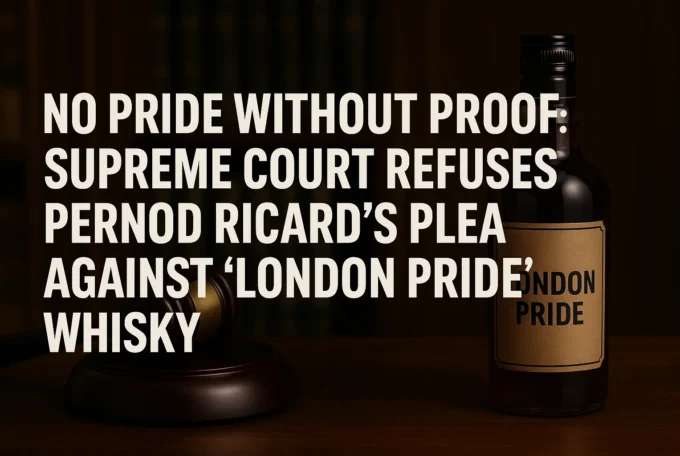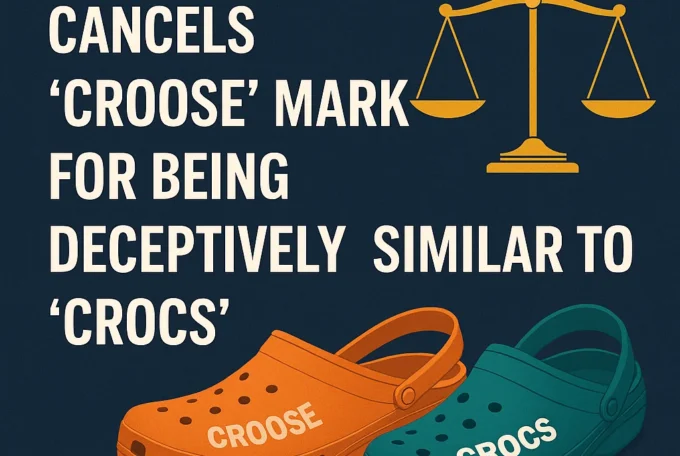Introduction
In the fast-evolving world of intellectual property, patent applicants often face procedural and substantive hurdles—especially when navigating oppositions and prior art disclosures. In DONG YANG PC, INC. v. Controller of Patents and Designs, the Korean innovator in automated parking systems challenged the rejection of its Indian patent application on two key grounds: (1) that the invention was not a obvious over the cited prior art, and (2) that the Patent Office had improperly refused their request to amend the specification in light of newly cited prior art.
Background
DONG YANG PC, INC. (“Appellant”), a Korean manufacturer of parking systems, filed Indian Patent Application no. 2554/DEL/2013 (“subject application”) for ‘Vertical Rotary Parking System’ designed to optimize parking in urban areas by allowing vehicles to be stored vertically in a rotating structure, maximizing space efficiency.
M/s. Parkerbot India Private Limited filed a pre-grant opposition citing prior art documents D1 to D4 to argue that the invention was not novel and lacked an inventive step. Later, an additional prior art, D5 (KR200326138Y1), a Korean patent for a similar parking system, was introduced by the Opponent. D5 turned out to be an earlier patent owned by the Appellant itself, describing a prior version of the vertical rotary parking system.
The Appellant attended the opposition hearing and filed written submissions, while the Opponent did not attend. On the same day, Appellant also filed a request for voluntary amendment of the specification to incorporate and distinguish D5.
On April 12, 2024, the Controller of Patents and Designs (“Respondent”), while disregarding the pre-grant opposition based on document D1 to D4, rejected the application for a lack of inventive step over D5 and refused to allow the requested amendments in the specification. Subsequently, the Appellant filed an appeal under Section 117A of the Patents Act, 1970, before the Delhi High Court, challenging the Respondents’ order.
Issues
- Did the ‘Vertical Rotary Parking System’ lack an inventive step in light of the Appellants’ own prior art document D5?
- Were the voluntary amendments proposed by Appellant allowable under the Patents Act, 1970?
Appellant’s Contentions
The Appellant argued that the subject invention promotes a smoother and more consistent motion with reduced friction and fewer contact points, which helps to significantly reduce the noise levels in the vertical rotary parking system and further enhanced its safety. In the subject invention, the female portions of the suspension chain, shown in the document D5, was replaced with male portions of suspension.
On the issue of amendments, the Appellant had voluntarily amended the background of the subject invention by including a reference to document D5 as prior art, highlighting the drawbacks of D5 in comparison to the subject invention without introducing new matter.
Respondent’s Contentions
The Respondent argued that the invention lacked an inventive step, asserting that the features claimed in the subject invention are obvious from D5. The Respondent relied upon a judgment of Supreme Court in Bishwanath Prasad Radhey Shyam Versus Hindustan Metal Industries1, to submit that mere alterations or predictable variations in known mechanism, do not qualify as inventions. The Respondent argued that the subject invention lacks an inventive step and does not demonstrate any technical advancement over D5, being a mere workshop modification since the distinguishing feature is limited to the mere reversal of the male and female coupling elements between the suspension chain and the pull gear.
The Respondent also rejected the Appellant’s voluntary amendments on the ground that the claim of technical advancement over D5, which is Appellant’s own prior art, was raised for the first time in the amendment, whereas, as per the statutory requirement, all material facts, including, any asserted technical advancement, must be disclosed in the complete specification at the time of filing.
Court Observation
The court noted that the Respondent had failed to provide evidence or authoritative sources to support his claim of lack of inventiveness of the subject invention over D5, particularly regarding why the invention did not demonstrate technical advancement. The court emphasized that the Respondent’s assertion of “obviousness” was speculative, as no record substantiated that the reconfiguration of the coupling mechanism—resulting in reduced friction, lower noise, and enhanced safety—was an obvious modification to a person skilled in the art.
The Court noted that if the modification was so obvious, any third party could have implemented it in D5’s system. Moreover, the decade‑long interval between D‑5 and the subject invention supports non‑obviousness. The Court noted that one of the sure tests in analyzing the existence of an inventive step would be the time gap between the prior art document and the invention under consideration2.
The Court further noted that the Respondent’s reliance on unspecified “common general knowledge” to deny inventive step was unsubstantiated and speculative: the impugned order mentions only that a skilled person with such knowledge could have made the change, yet it cites no source or rationale explaining why that common general knowledge would lead to the subject invention3.
The Court accepted the respondent’s submissions that the Appellant was under a duty to disclose its own prior art, D5, at the time of filing, particularly since the Appellant now relied on a technical advance over that same document. The Court held that any prior art suppressed at filing may subsequently be invoked to challenge or revoke a patent under Section 64 of the Patents Act.
The Court highlighted that, when a previously undisclosed prior art comes to light during examination and the Controller raises an objection, the Applicant has the right to amend its specification in accordance with Section 59. The Controller must then consider those amendments on their merits. Accordingly, non‑disclosure alone cannot justify outright refusal of an amendment—especially when the same prior art omitted by the Applicant is later relied upon by the Controller to deny patentability4. Accordingly, the court held that the respondent’s refusal to allow the amendment application was unjustified.
Thus, Delhi High Court allowed the appeal, set aside the Controller’s rejection, and remanded the case for de novo consideration, emphasizing that:
- A simple but novel and non-obvious invention can warrant patent protection.
- The assessment of inventive step must be evidence-based, not assumption-driven.
- The right to amend the specification must be preserved when amendments are legally permissible and relevant to newly cited prior art.
Our Analysis
This case shows how Indian courts maintain a careful balance between upholding patent examination standards and ensuring procedural fairness to applicants during prosecution. The Delhi High Court intervened to correct what it viewed as an unjustified rejection of a patent application, based solely on vague and unsupported assertions of obviousness.
The Court rightly found that the Controller had not provided any concrete reasoning or evidence to support the claim that the invention was a mere “workshop modification” of prior art (D5). It emphasized that such conclusions cannot rest on generalized references to “common general knowledge” unless that knowledge is clearly defined and supported by credible sources. In the absence of such substantiation, the rejection for lack of inventive step could not stand. Importantly, the decade-long gap between D5 and the present application strengthened the applicant’s case for inventiveness.
The Court also reaffirmed that while an applicant is indeed obligated to disclose its own prior art—especially where technical advancements over that art are claimed—such failure at the time of filing does not preclude the applicant from responding later through lawful amendments.
Conclusion
This case demonstrates that Indian courts are willing to step in to ensure that technical inventions are not dismissed on procedural or superficial grounds, and that patent applicants are given a meaningful opportunity to explain and clarify their innovations, especially when new objections arise late in the process.
- (1979) 2 SCC 511 ↩︎
- Avery Dennison Corporation vs. Controller of Patents and Designs, C.A. (COMM.IPD-PAT) 29/2021] ↩︎
- AGFA NV and Another Versus Assistant Controller of Patents and Designs and Another, 2023 SCC OnLine Del 3493 ↩︎
- OpenTV Inc Versus Controller of Patents and Designs and Another, 2023 SCC OnLine Del 2771 ↩︎



